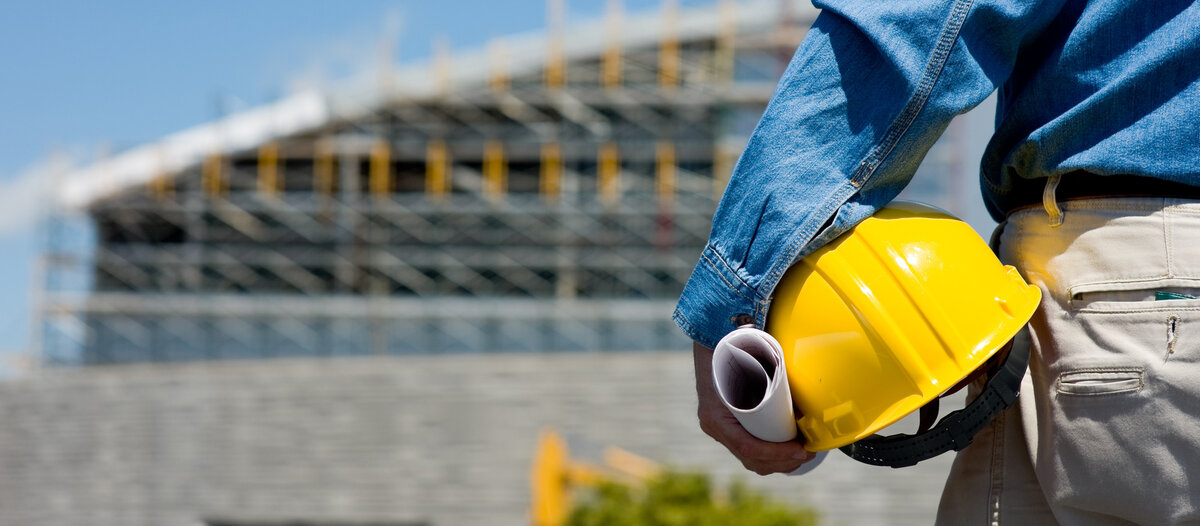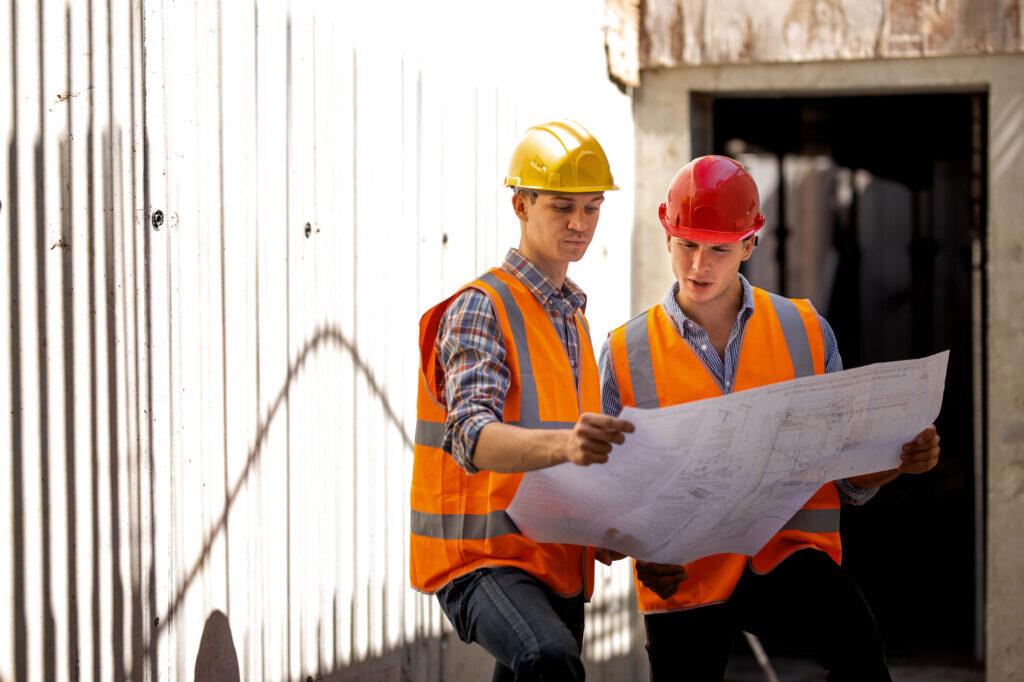
Construction sites require well-planned infrastructure to ensure efficient operations, worker safety, and the protection of equipment and materials. In recent years, engineered fabric buildings have emerged as an innovative solution for these needs. This guide explores the essential factors to consider when purchasing fabric buildings for construction sites, helping project managers and contractors make informed decisions that align with their project requirements.
What Is A Fabric Building?
A fabric building, often referred to as an engineered fabric building, is a structure primarily constructed using fabric materials as its main covering or cladding. These engineered fabric buildings are meticulously designed to provide shelter, storage, and workspace across various industrial, commercial, agricultural, and recreational applications. The main components of these fabric buildings typically comprise a robust frame, often constructed from materials such as steel, and a fabric membrane that serves as the building’s protective exterior.
The material employed in engineered fabric buildings is typically a synthetic high-strength fabric that has been purposefully engineered to offer remarkable durability, resilience against various weather conditions, and formidable protection against UV radiation.
This specialized fabric is deftly stretched over the framework, skillfully establishing a secure and snug enclosure. Notably, engineered fabric buildings have gained renown for their accelerated construction timeline compared to conventional structures, making them a preferred choice for temporary or semi-permanent needs.

Factors To Consider When Buying Fabric Buildings For Construction Sites
Several key factors are pivotal in making an informed decision when purchasing fabric buildings for construction sites. These considerations guide construction professionals in selecting the ideal fabric building for their project’s unique requirements.
- Durability And Weather Resistance
One of the key advantages of engineered fabric buildings is their durability and ability to withstand various weather conditions. When purchasing a fabric building for a construction site, it’s crucial to choose a structure made from high-quality materials that can endure the rigors of the construction environment. Look for fabric that is UV-resistant, tear-resistant, and treated to withstand extreme temperatures, heavy rains, and even snow loads. A well-constructed fabric building should provide reliable protection year-round.
- Engineering And Design
While the engineering and design of a fabric building might not be as visibly evident as other factors, they are critical to the structure’s overall performance. A well-engineered fabric building is designed to handle a construction site’s specific loads, stresses, and environmental conditions. Engineering precision ensures the building can withstand wind forces, snow loads, and other potential stresses. Additionally, a thoughtfully designed fabric building will consider factors like ventilation, natural lighting, and potential for future expansion.
- Construction Speed And Ease
Time is a critical factor in construction projects. Fabric buildings stand out for their quick installation, which minimizes project downtime. Prioritize structures that can be assembled efficiently without requiring specialized equipment or extensive construction expertise, thus expediting the project timeline and reducing associated labor costs.
- Cost-Effectiveness
Regarding cost-effectiveness, fabric buildings shine due to their efficient construction process and reduced material requirements. Beyond the initial cost, consider the long-term savings associated with energy efficiency. Many fabric buildings offer excellent insulation properties, which can lead to reduced heating and cooling expenses over time. As a result, fabric buildings often provide a compelling return on investment compared to traditional structures.
- Customization Options
The ability to customize a fabric building to suit the needs of a construction site is a significant advantage. Construction sites vary widely in terms of layout and operational requirements. Fabric building providers that offer a range of customization options, such as door placements, ventilation systems, and interior layout adjustments, allow you to tailor the structure to your site’s specific needs. This level of flexibility ensures that the fabric building becomes an integral and functional part of the construction process.
- Quality Of Materials
The longevity of fabric buildings hinges on the quality of materials used. Emphasize buildings constructed with industrial-grade fabrics, sturdy frames, and corrosion-resistant components. Investing in high-quality materials guarantees a low-maintenance structure capable of enduring the demands of a construction environment.
- Warranty And Support
Selecting a trustworthy fabric building manufacturer is paramount, and one of the markers of reliability is a comprehensive warranty. When evaluating potential manufacturers, it’s advisable to seek those offering warranties that span a reasonable duration, typically 10 to 20 years. Such warranties not only showcase the manufacturer’s confidence in their product but also assure the buyer of the building’s longevity and performance.
Inquire about the warranty coverage specifics, ensuring that the fabric and structural components are included. A comprehensive warranty should encompass protection against defects in materials and quality, ensuring that any unforeseen issues arising from manufacturing flaws are promptly addressed.
How To Preserve Fabric Building Integrity
Maintaining the structural integrity of fabric buildings is essential for their longevity and reliable performance. Here are the effective strategies to safeguard your fabric building investment and ensure it serves its purpose effectively throughout its lifespan:
- Implementing Preventive Measures: Preventing damage before it occurs is a proactive approach that can significantly extend the life of your fabric building. Some preventive measures include trimming nearby vegetation to prevent abrasion to the fabric and keeping heavy equipment at a safe distance to avoid accidental collisions that might damage the structure.
- Adapting To Weather Conditions: While fabric buildings are designed to handle various weather conditions, extreme weather events can challenge their durability. To counter this, promptly remove accumulated snow to prevent undue stress on the fabric due to excess weight. Ensuring proper fabric tension in regions prone to high winds can prevent flapping and potential damage.
- Effective Repairs And Patching: Small tears or punctures may occur over time, compromising the fabric’s protective properties. Equipping yourself with a repair kit enables you to address minor damages promptly. Consider consulting the manufacturer or a professional for more substantial damage for guidance on effective repair strategies.
- Establishing A Regular Maintenance Schedule: A consistent maintenance schedule is essential to catch issues early and prevent them from developing into significant problems. Create a maintenance plan that includes regular cleaning, visual inspections, and tension checks. This proactive approach ensures that potential concerns are addressed promptly, promoting the long-term reliability of your fabric building.
- Following Manufacturer Guidelines: Manufacturers often provide specific guidelines for maintaining and caring for their fabric buildings. These guidelines encompass recommended cleaning agents, tension adjustment procedures, and tailored repair techniques. Adhering to manufacturer recommendations ensures that your maintenance efforts align with the structure’s design and intended performance.
By adhering to these preservation practices, you can effectively extend the life of your fabric building and maximize its value over time. A well-maintained fabric building sustains its structural integrity and contributes to the overall success of your construction site operations.
Conclusion
Fabric buildings present a versatile and effective solution for construction site infrastructure. By meticulously evaluating essential aspects such as durability, engineering precision, construction efficiency, cost-effectiveness, customization flexibility, material quality, and manufacturer support, construction professionals can make well-informed decisions tailored to their project’s unique needs. This proactive approach guarantees the presence of resilient and efficient structures on construction sites, enabling the seamless realization of projects while upholding worker safety and operational effectiveness.
